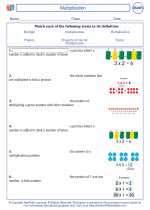Understanding Weather Forecasting
1. Data Collection
Weather forecasters collect data from various sources including weather satellites, radar, weather stations, and weather balloons. This data includes information on temperature, humidity, air pressure, wind speed and direction, and more.
2. Data Analysis
Once the data is collected, it is analyzed using computer models and mathematical algorithms to identify patterns and trends in the atmosphere. This analysis helps forecasters understand how the weather is likely to change in the future.
3. Prediction Models
Forecasters use prediction models to simulate the behavior of the atmosphere based on the data collected and analyzed. These models help forecasters make predictions about future weather conditions, including temperature, precipitation, and severe weather events.
4. Interpretation and Communication
Finally, forecasters interpret the results of the prediction models and communicate the forecast to the public through various means such as television, radio, websites, and mobile apps. It's important to convey the information clearly and accurately to help people prepare for upcoming weather conditions.
5. Accuracy and Improvement
Weather forecasting is continually improving as technology and scientific understanding advance. Forecasters constantly work to improve the accuracy of their predictions by refining data collection methods, enhancing prediction models, and incorporating new research findings into their forecasting techniques.
[Weather Forecasting] Related Worksheets and Study Guides:
.◂Math Worksheets and Study Guides Fifth Grade. Multiplication
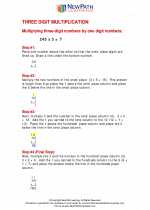
 Worksheet/Answer key
Worksheet/Answer key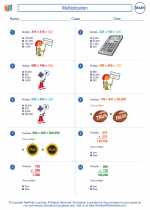
 Worksheet/Answer key
Worksheet/Answer key
 Worksheet/Answer key
Worksheet/Answer key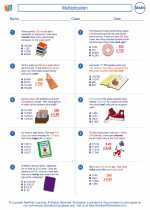
 Worksheet/Answer key
Worksheet/Answer key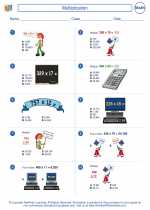
 Worksheet/Answer key
Worksheet/Answer key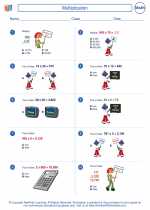
 Worksheet/Answer key
Worksheet/Answer key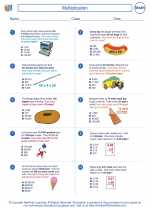
 Worksheet/Answer key
Worksheet/Answer key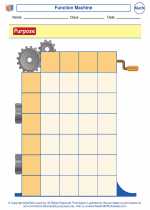
 Vocabulary/Answer key
Vocabulary/Answer key